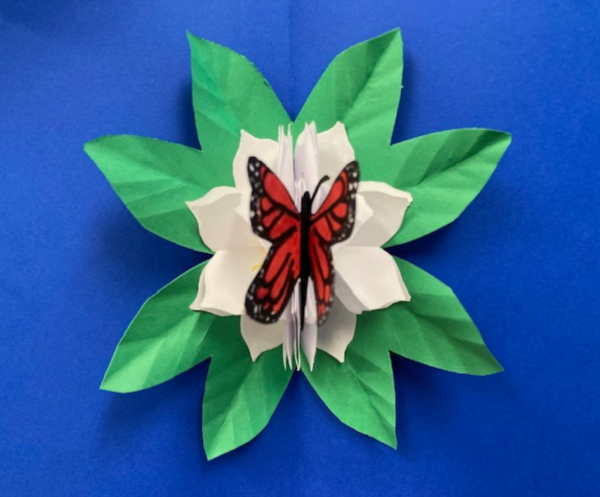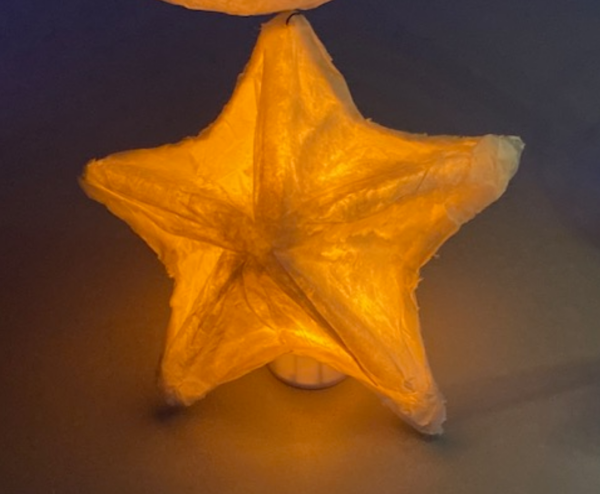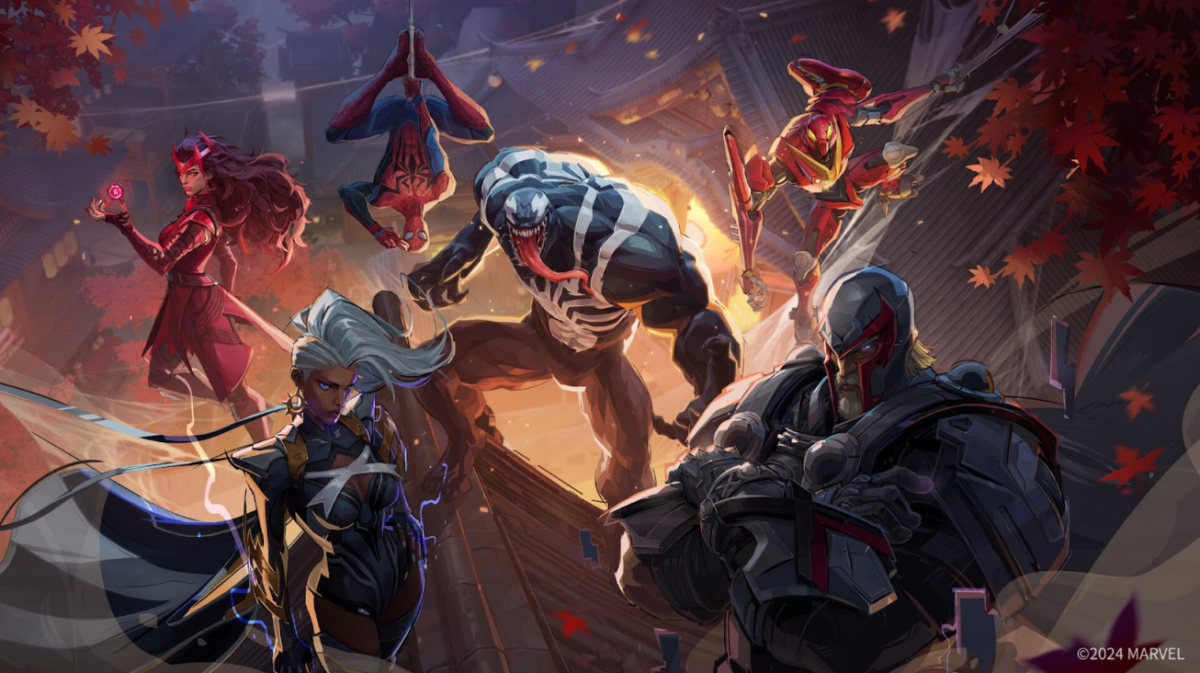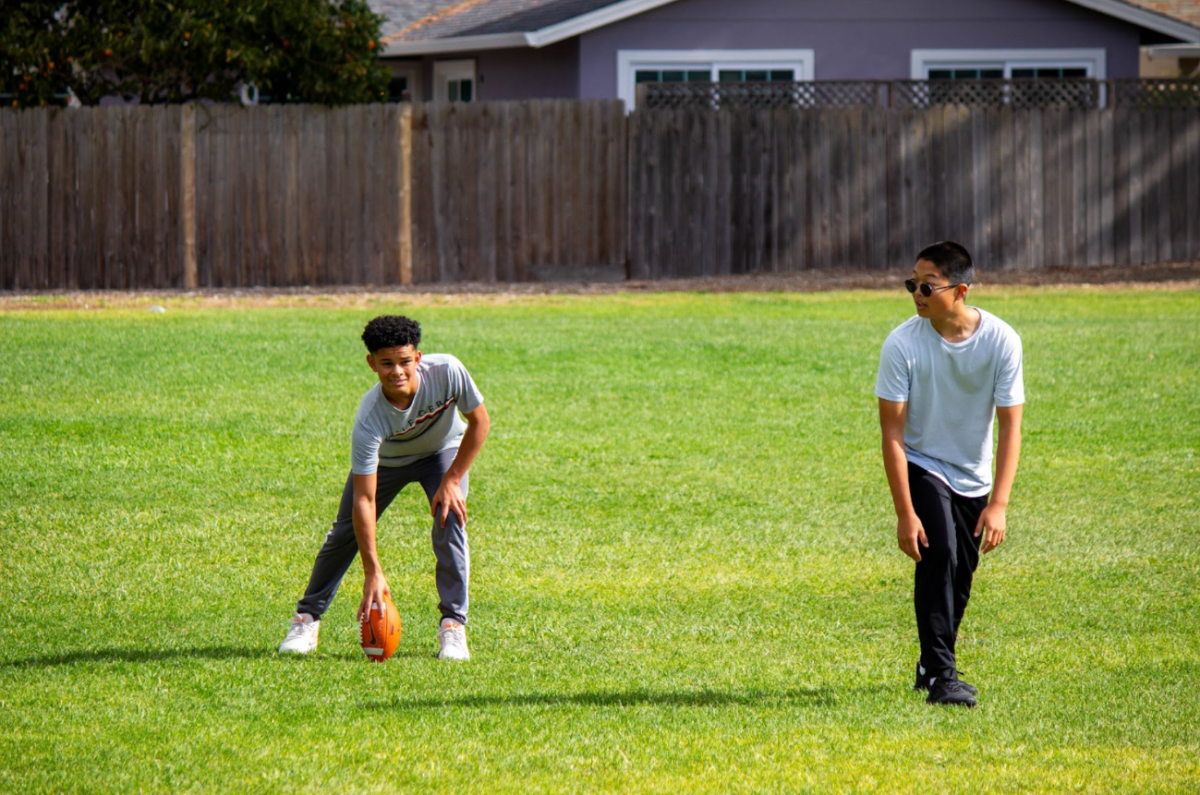Have you ever seen another person’s artwork and thought to yourself, “Wow! I wish I could do that!” but didn’t know where to start? Maybe you’ve already attempted to familiarize yourself with the world of art, but you just need that extra step to make your work go from okay to amazing? Then you’re in luck! In this article, we will break down the pressing question: How can I effectively improve my own creative skills? We will also provide you (as the name suggests) with three simple skills that may help you get onto the path to improving your artwork! Hopefully, by the time you finish reading, you will have gained valuable insights into how you can become a better artist.
There are many different creative mediums to choose from when it comes to art. Drawing and painting often require delicate skills with a brush or pencil along with a strong knowledge of shading and how objects reflect light. Sculpting requires handiness and (most likely) the ability to use special tools to shape pieces of metal or clay into intricate shapes, landscapes, or creatures. Meanwhile, projects such as knitting, crochet, or sewing require you to be able to follow patterns and make precise measurements to get the desired result. No matter what creative medium calls to you, one thing is for sure: They all require some level of patience and dedication in order to improve your skills. Just like with any other activity, you grow in your abilities as you practice and gain the knowledge to complete harder and harder tasks. Some people may seem as though they are naturally good at art, but does that mean that you can’t get to that level? No.
Being a good artist is not a genetic thing, or something based on “pure talent.” It’s a concept built upon the foundation of learning proper techniques, fundamental skills, and gaining knowledge through consistency over time. What you may consider as “talent” in another person’s art piece might instead be weeks, months, or even years of effort. If you can, don’t peg an art piece you see as being created out of pure talent. You never know how much work someone put into their painting or sketch.

While it may seem difficult at times, there is always a tip or technique out there that will help you sharpen your skills. One of the main things being to have faith in yourself and the process of practice. Set up a regular schedule for yourself—set aside about ten, fifteen minutes or so for you to practice the creative medium you want to improve in—and just experiment! Doodle around, or find a reference photo and try to recreate the image to the best of your abilities. If you can’t create exactly what you wanted or had in mind, don’t beat yourself up. Just know that every time you pick up a pencil, pen, or other tool, you are improving your artistic skills! Avoid telling yourself, “I can’t draw like this person,” and instead ask, “How can I draw like this person?” These tactics actually bring us to the next tip: How to give yourself positive feedback for your artwork!
If you finish a piece, the chances are you’ll want to inspect it right away. However, you might focus on little details or flukes in the project that you noticed while working on it. This can easily become discouraging or frustrating, especially if you put a lot of effort into it. You can avoid this mindset—and the negative-prone feedback that comes along with it—by setting aside your work for a couple of days before circling back to it. The benefits to this method are that not only do you get a strong sense of accomplishment from finishing a piece of art that the chances are you worked really hard on, but you also can step aside, regroup, and come back to it with a fresh set of eyes. That way, instead of noticing small things, you can focus on the bigger picture: Was there anything about your technique that you would like to change or alter in the future? Make a list of everything you think of, so that you can tailor practice sessions to fine-tune the skills you think you could improve in. Keeping up this growth mindset will help you feel more confident and less stuck in your own artwork.

The final tactic you can use to put yourself on the path to improvement is to use thumbnails to base your artwork off of (and no, not the ones on social media). If you’re comfortable with creating an art piece without looking at a solid reference photo—for example, if you have a specific idea in mind that you want to capture—then you can use a mini reference doodle called a “thumbnail.” You can make multiple thumbnails to experiment with different sceneries, subject placements, shadings, and perspectives. These little thumbnails are especially useful for people wanting to improve in a certain skill before starting a new project, since it gives you time to become familiar with different concepts without feeling any pressure of making a mistake. Once you have a good understanding of what direction you want to take with your artwork, then you can move on to the actual piece itself, using your favorite thumbnail as a reference. You can use scratch pieces of paper, blank index cards, sticky notes, or the page of a spare sketchbook for your thumbnails—whatever works for you!
From creating pastel masterpieces with watercolors to designing vibrant, digital works of art on your laptop or tablet, art is an expressive hobby that you can always gain more skills and knowledge in. Don’t be discouraged if you’re a person who feels they just can’t draw as well as they’d like to—remember that any practice helps you move forward, and to not give up! If you’d like, follow some of the tips written here, research some more, or even make your own techniques specifically for you! Keep working towards your goals, because in the world of art, anything can be possible with a little bit of practice!























